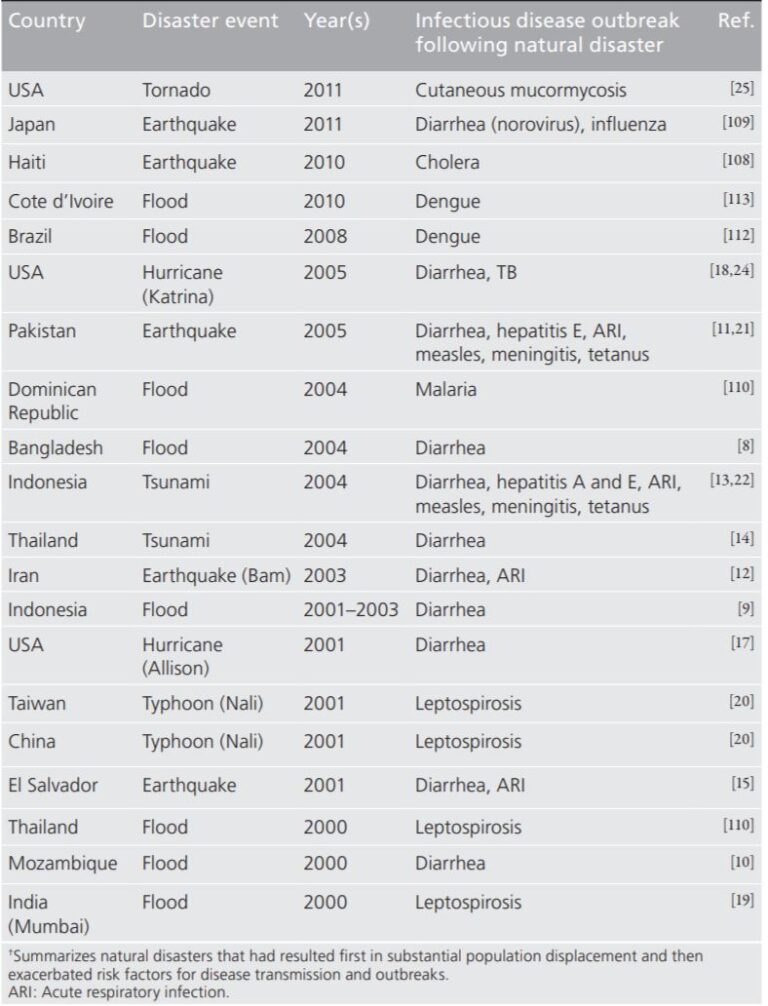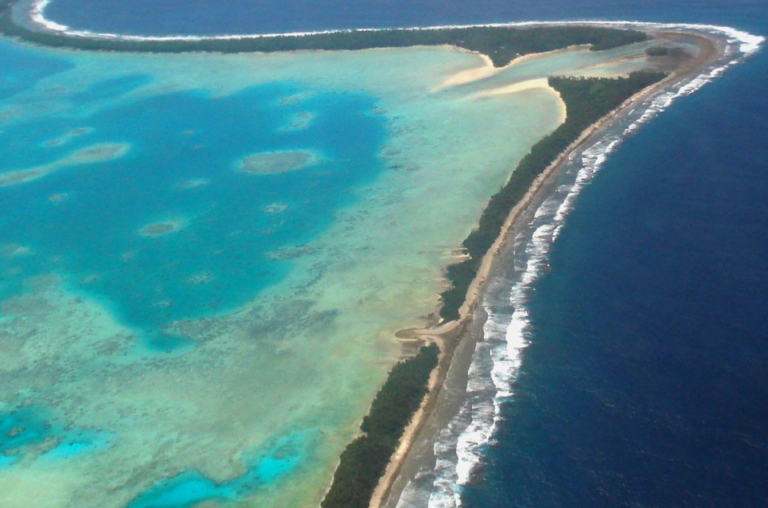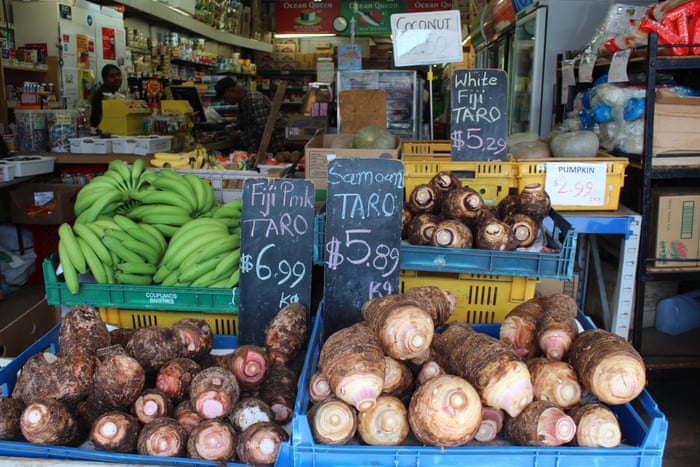Convolutional Neural Networks (CNNs) are neural networks that can process images and identify objects within them. Although these methods of machine learning have been around for a long time, it was only within the past 10 years that the error of image classification was reduced to 15%, leading many companies… read more
Agriculture/Water
Heading to higher ground: Uncertainty in elevation data and sea level rise can under predict affected populations
One of the most visible threats to Oceania is sea level rise. Rightly so, as the Pacific Community (SPC) has estimated that the vast majority of people living in Oceania live within 1 kilometer of the coastline. What can seem as a simple calculation of determining what percentage of a… read more
Disease Outbreak Pt. 1: What Climate Disaster Means for Disease Outbreak
In many climate disaster related conversations, there is a villain that often flies under the radar. Communicable diseases are not at the forefront of climate change discussions. Island shores disappearing, dwindling water supplies, intense storms, air quality, and pollution all occupy disproportionately loud voices in the climate change conversation. Even… read more
“What do they do if the fish are gone?”: Fisheries and Human Migration
Fisheries play a prominent role in the cultural identity, economy, and ecology of Oceania. As climate change and IUU fishing interact to place immense pressure on the global fisheries system, the people of the Pacific Islands face the loss of not only their culture and land, but their fisheries-based livelihoods… read more
Modeling and Protecting Freshwater Resources for Disaster Resilience
In 2016, a drought on the Marshall Islands caused over 16,000 people to suffer from extreme water shortages. The government declared a state of emergency well after freshwater wells had already been contaminated by seawater, leaving thousands to drink from coconuts for survival. This picture is unfortunately not uncommon for… read more
In Oceania, Fisheries are Life. And They are Disappearing. (Part 2)
Fisheries play a prominent role in the cultural identity, economy, and ecology of Oceania. Climate change and other man-made drivers of biodiversity loss, such as illegal, unreported, and unregulated (IUU) fishing, are decimating the fisheries that Pacific Islands rely upon for their subsistence and survival. In part two of this… read more
In Oceania, Fisheries are Life. And They are Disappearing. (Part 1)
Fisheries play a prominent role in the cultural identity, economy, and ecology of Oceania. Climate change and other man-made drivers of biodiversity loss are decimating the fisheries that Pacific Islanders rely upon for their subsistence and survival. In part one of this three-part blog series (see also: part two and… read more
Shrinking Shores? – Ocean Dynamics and Customizing Adaptation Plans
When it comes to climate vulnerability, one group of people will be particularly challenged: those living on low-lying islands, especially atolls. There’s frequently news about how quickly climate change will necessitate relocation or resettlement but it often focuses on the time at which sea-level rise will cover the land, making… read more
Developing Resilient Systems: How can we make sure the right decision makers are gathering at the table?
The planning and implementation of effective climate change resilient strategies is dependent and reflective of who is invited to the table during key decisions making events. I argue that local voices need to be at the core of every meeting, workshop, forum, and planning event, and that currently, we should… read more
Leveraging Climate Resilient Programs to Restore Oceania’s Food System
Climate Change and the Food System Climate change is predicted to have dire implications on national and regional food systems. In many countries, climate change has had a large impact on food security by altering landscapes, inducing new crop diseases, enhancing the intensity of existing diseases, and creating longer periods… read more










